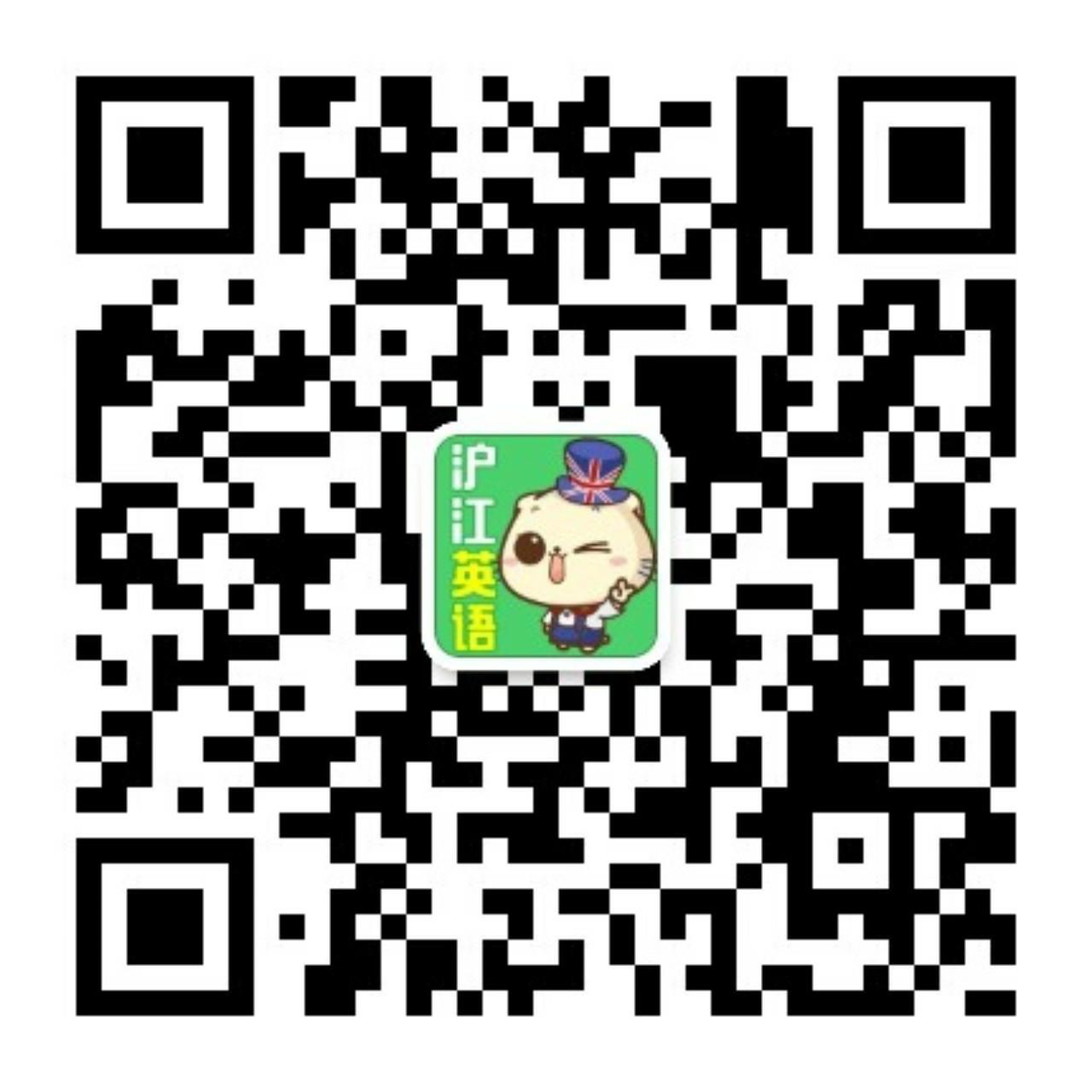【雅思聽(tīng)力】有關(guān)動(dòng)物的演講(1/5)
來(lái)源:滬江聽(tīng)寫(xiě)酷
2013-04-07 04:00
450)=450">
450)=450"> 每天18:00準(zhǔn)時(shí)更新
全文聽(tīng)寫(xiě),英式拼法
450)=450"> [color=#408080]HINTS
NONE
[/color]
In our world of living things we have plants, animals and people. Plants belong to a group called the Plant Kingdom while animals and people belong to the animal Kingdom.
Look around you and you will see many different types of animals. Some animals are tiny while others are very large. Some animals are soft and long, while others are hard and rounded. Different types of animals which are alike in certain ways are put into groups. Let us find out how animals are put into groups.
We can put animals into groups by studying their behaviour. We want to know how their bodies work, how they live, how they produce their young, how they find their food, what they eat, how long they live, and so on. We also have to examine the different parts of their bodies. When we examine them, here are a few questions we must ask ourselves, do they have scales, feathers or fur on their bodies? How many legs do they have? How many wings are there? Are there fins?
But the first and most important question is, do the animals have backbones or not? All animals with backbones are put into one big group called vertebrates. All animals without backbones go into another group called invertebrates.
無(wú)脊椎動(dòng)物是身體里邊沒(méi)有脊椎和其他的骨頭。一些有柔軟的身體和比較硬的殼來(lái)保護(hù)他們的身體。
脊椎動(dòng)物是身體里邊有脊椎和骨頭的動(dòng)物。這些骨頭來(lái)幫助支撐他們的身體。脊椎動(dòng)物主要有五大類(lèi),魚(yú)類(lèi),兩棲動(dòng)物,爬蟲(chóng)動(dòng)物,鳥(niǎo)類(lèi)和哺乳類(lèi)動(dòng)物。魚(yú)類(lèi),兩棲動(dòng)物和爬蟲(chóng)動(dòng)物被認(rèn)為是冷血類(lèi)脊椎動(dòng)物。熱血脊椎動(dòng)物不論在溫暖還是寒冷的天氣都保持一樣的體溫。
魚(yú)類(lèi)生活在水里,身上的鱗幫助它們游泳。魚(yú)是由頭,軀干和尾巴組成。尾巴以尾巴上的鱗片尾巴。魚(yú)有很多不同的種類(lèi),不同的形狀和顏色。有一些魚(yú)很又長(zhǎng)又瘦但有一些又平坦又圓。大多數(shù)魚(yú)有寬大的軀干和窄小的頭部和尾巴。
——By lsy34
- 相關(guān)熱點(diǎn):
- 英語(yǔ)學(xué)習(xí)資料
- 英語(yǔ)聽(tīng)力
- 出國(guó)留學(xué)
- 雅思聽(tīng)力
- 名詞測(cè)試練習(xí)題











